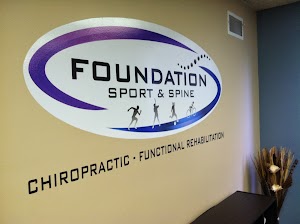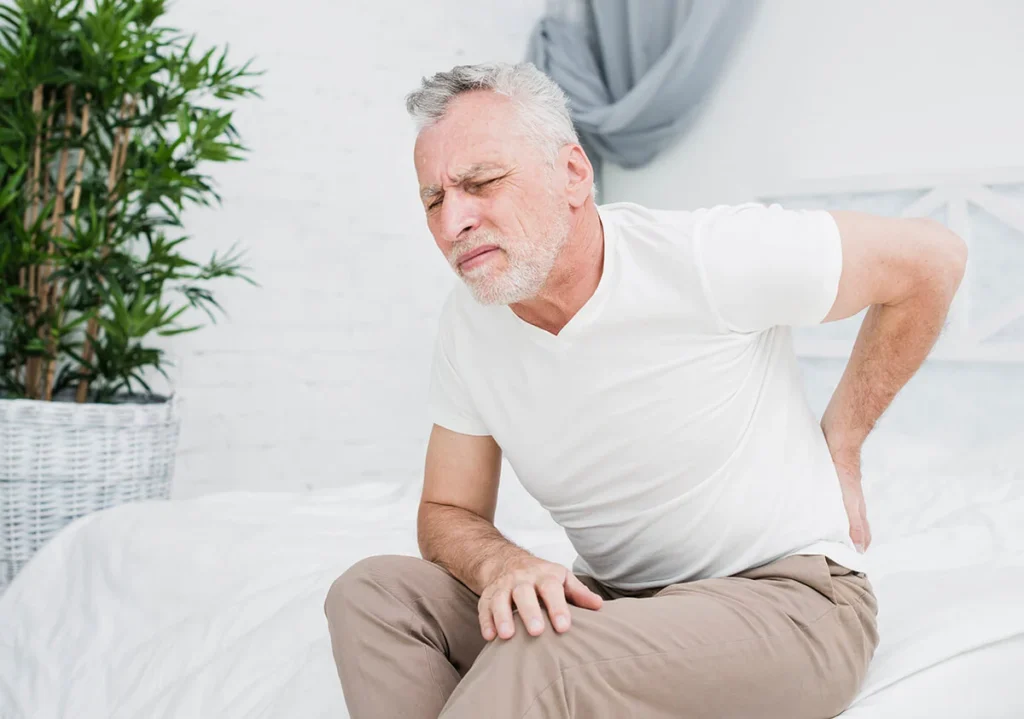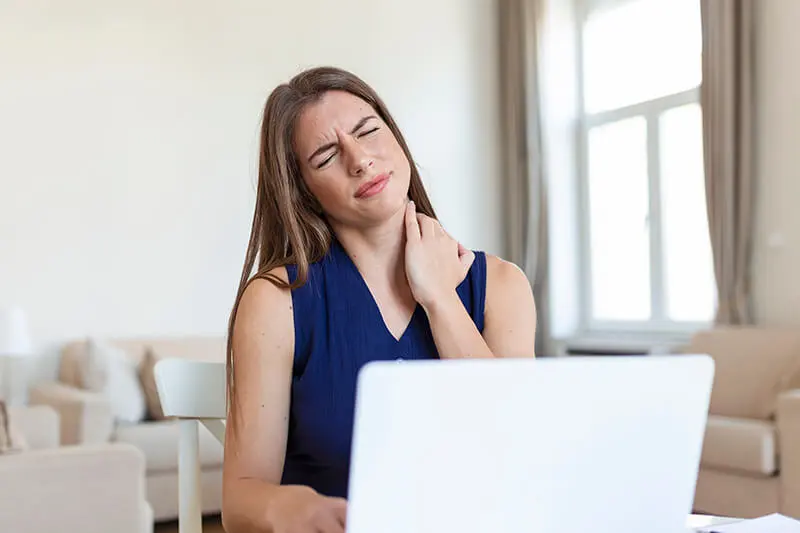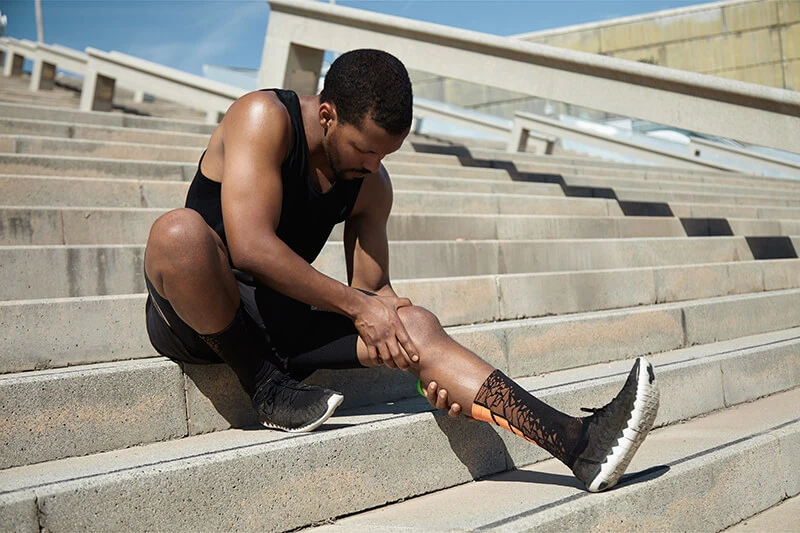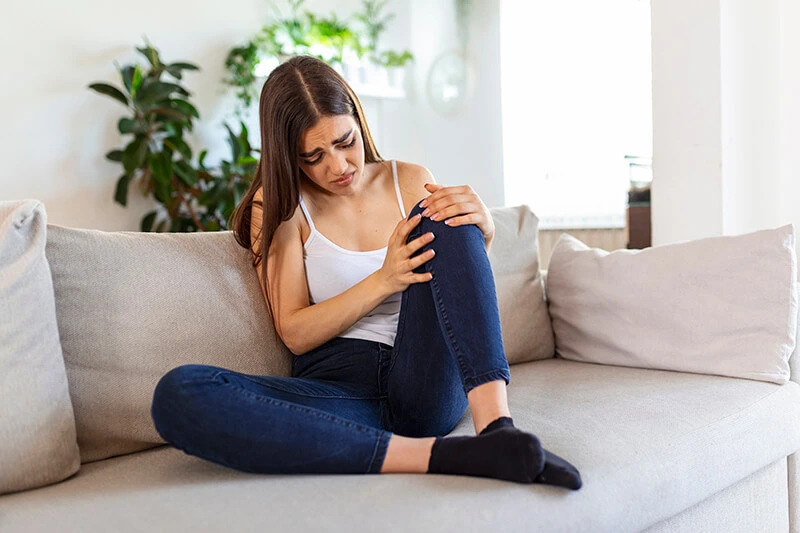Chiropractor Arlington Heights IL
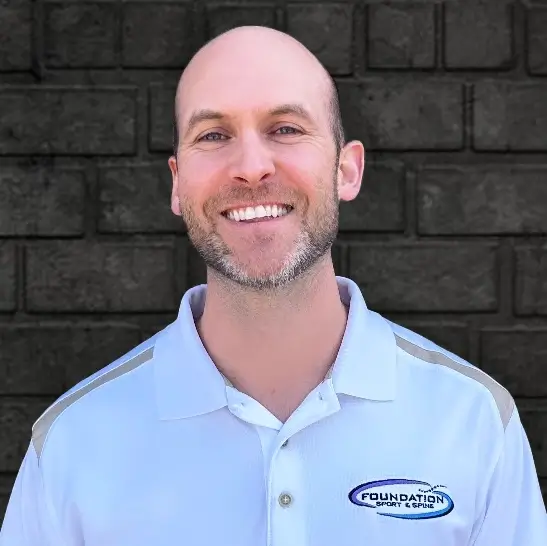
Dr. Nate Porcher
Dr. Nate is a chiropractor in Arlington Heights IL and has been providing chiropractic care for over a decade. He is the founding physician at Foundation Sport & Spine.
He is the only Arlington Heights chiropractor who is full-body certified for Active Release Techniques (ART), as well as the only Level 3 Neurokinetic Therapy (NKT) provider in Arlington Heights.
Common Problems We Treat
A chiropractor is a healthcare professional who specializes in non-invasive, drug-free treatments. This means you won’t have to worry about the side effects that can come with surgery or medication. A chiropractor is widely recognized as one of the safest, drug-free, non-invasive practitioners available for the treatment of back pain, headaches, neck pain, and other similar complaints.
Furthermore, a chiropractor often takes a holistic approach to health, looking at the whole body rather than just the area where symptoms are present. This can lead to more comprehensive care and potentially better long-term outcomes.
In addition, chiropractic care provided by a chiropractor can help improve joint function and overall mobility.
Chiropractic is a form of healthcare profession that is based on the idea that your body can heal itself with the help of specific hands-on manipulations from a trained professional, chiropractor. A Chiropractor believes in the potential of the body’s self-healing abilities through their specialized interventions.
Chiropractic treatment often includes manual therapy, often involving spinal manipulation performed by a skilled chiropractor.
Founded by Daniel David Palmer in 1895, chiropractic treatment has become the most popular type of alternative medicine in the world. The term “chiropractic” was coined by combining the Greek words cheiro (hand) and praktikos (doing or action), combined to mean “done by hand”. It emphasizes the hands-on approach of a chiropractor.
A chiropractor essentially works by making adjustments to the spine to improve its alignment and function, which in turn helps the body to function better.
During a typical chiropractic adjustment, your chiropractor places you in specific positions to treat affected areas. Often, you’re positioned lying facedown on a specially designed, padded chiropractic table. The chiropractor uses his or her hands to apply a controlled, sudden force to a spinal joint, pushing it beyond its usual range of motion.
This process is also known as spinal manipulation. You may hear popping or cracking sounds as your chiropractor moves your joints during the treatment session. The goal of spinal manipulation is to improve spinal motion. This means making sure the spine moves properly without any restrictions.
By improving spinal motion, a chiropractor can also improve your body’s physical function. This is because the spine plays a crucial role in the functioning of the nervous system, which controls every cell and organ in your body.
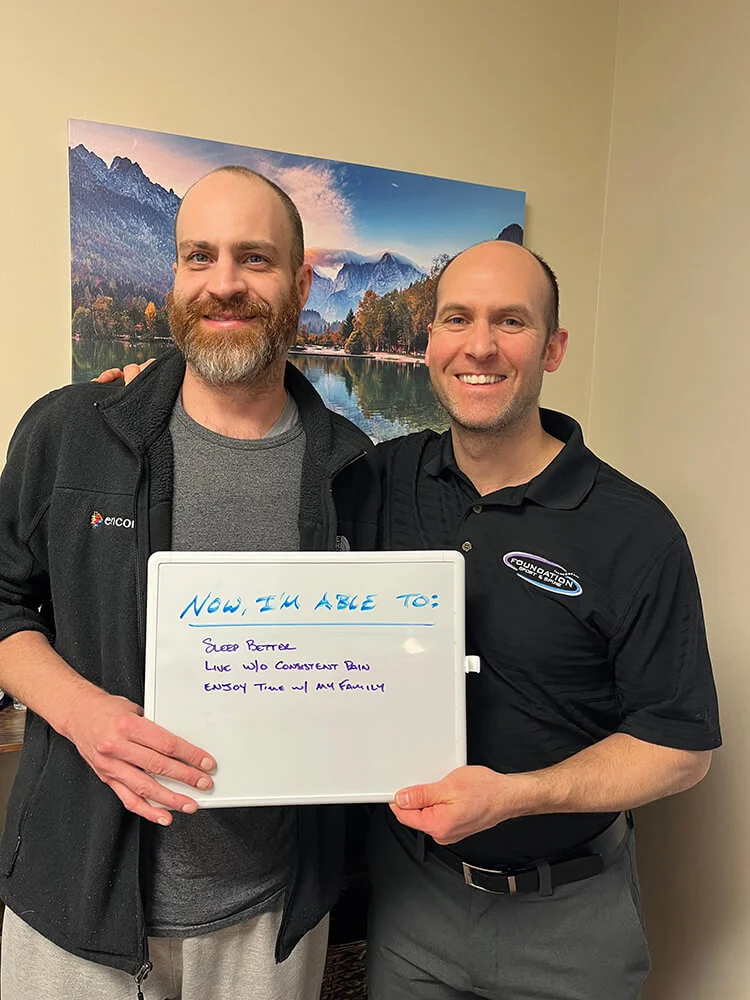
Why Choose Us?
Let’s be honest, you’re here on our website because you’re hurting.
Scratch that – you’ve been hurting for a while, but now it’s starting to interfere with your daily life. It’s finally affecting your golf game, your ability to care for your children, your running routine around the beautiful Lake Arlington, your sleep quality, your ability to sit at work all day – SOMETHING in your life that you don’t want to live without.
That’s a problem, and it’s not going away on its own. Maybe it’s even getting worse, or you’re worried it might. Now you can’t do the things you love to do or were hoping to do for years and years to come.
A good chiropractor care can change that narrative.
Dr. Nate Porcher is the finest chiropractor in Arlington Heights IL. He has been hailed as “miracle worker for the spine” by one of his patients and others have called him “the MOST knowledgeable doctor we have ever been to”. Dr. Nate always spends time with each patient listening to their concerns, ensuring he fully understands the problem. He then thoroughly explains the root causes of their discomfort and what chiropractic techniques need to be performed.
Patients appreciate this approach from a chiropractor, often noting in their Google reviews how Dr. Nate’s time commitment and caring nature made a significant difference in their treatment outcomes compared to their previous chiropractor. His approach not only helps alleviate their current issues but also equips them with the knowledge to prevent future ones.
With a population of over 75,000, Arlington Heights is a vibrant community with diverse needs. We recognize this diversity and are equipped to provide personalized chiropractic care for everyone – from young athletes to seniors. Our team is experienced in addressing a variety of health issues and is committed to helping you achieve optimal health.
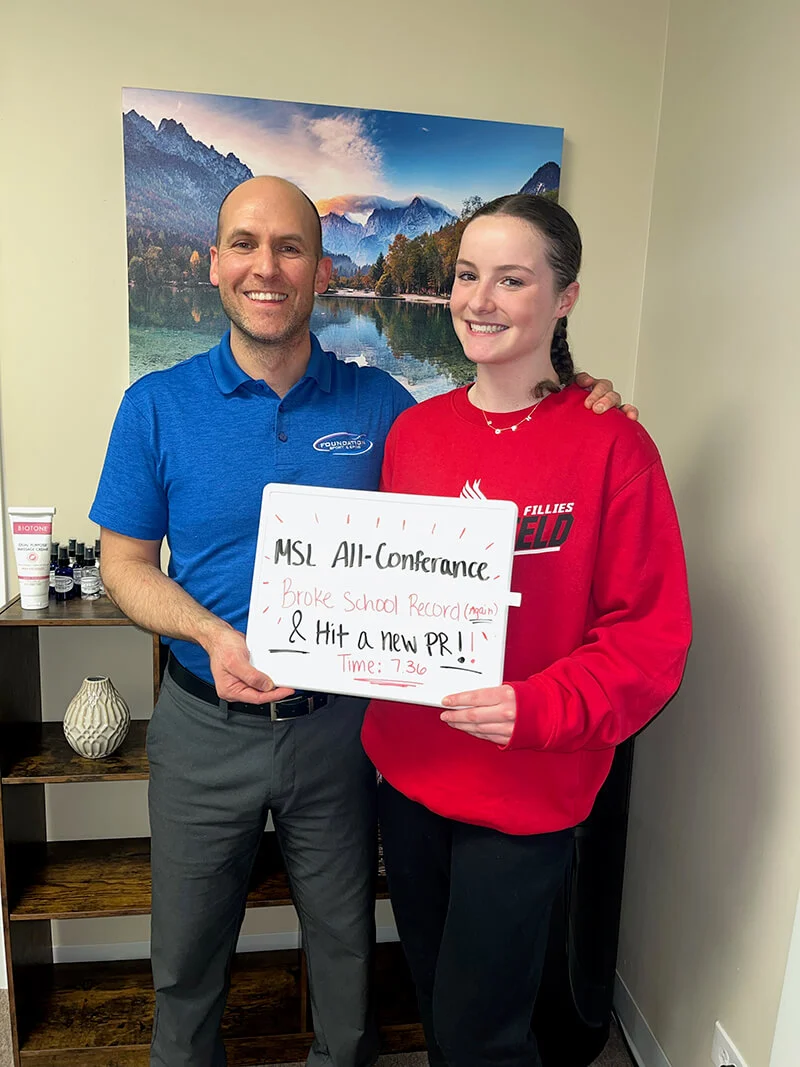
In Dr. Porcher’s own words:
“We’re going to do it with ANYTHING BUT a one-size-fits-all approach.
Your physical needs are unique, and our evaluation techniques will identify your specific spinal, neurological, and muscular problems. Our chiropractic treatments are tailored to suit your individual needs.
Our ACTIVE approach will get you ready to start moving freely again, engaging your muscles again, lifting things again, going up and down stairs easily again, picking up your kids or grandkids again, working out again, or some combination thereof!”
As residents of Arlington Heights ourselves, we understand the active lifestyle of our community. We know how important it is for you to take part in our local events, enjoy our beautiful parks, and maintain an overall high quality of life. That’s why we strive to be the top notch chiropractor of Arlington Heights, helping our fellow residents overcome any physical hurdles that might be holding them back.
We will craft a customized, corrective chiropractic care plan that will address your individual needs so that you can get back to doing what you want to be doing. And we’ll make sure we get you a long-term correction, not just a short-term patch-up job.
So, don’t wait to get back what pain has taken away or is taking away – book your appointment today and discover what wonders a chiropractor can do for you!
Our Chiropractic Techniques
Success Stories
